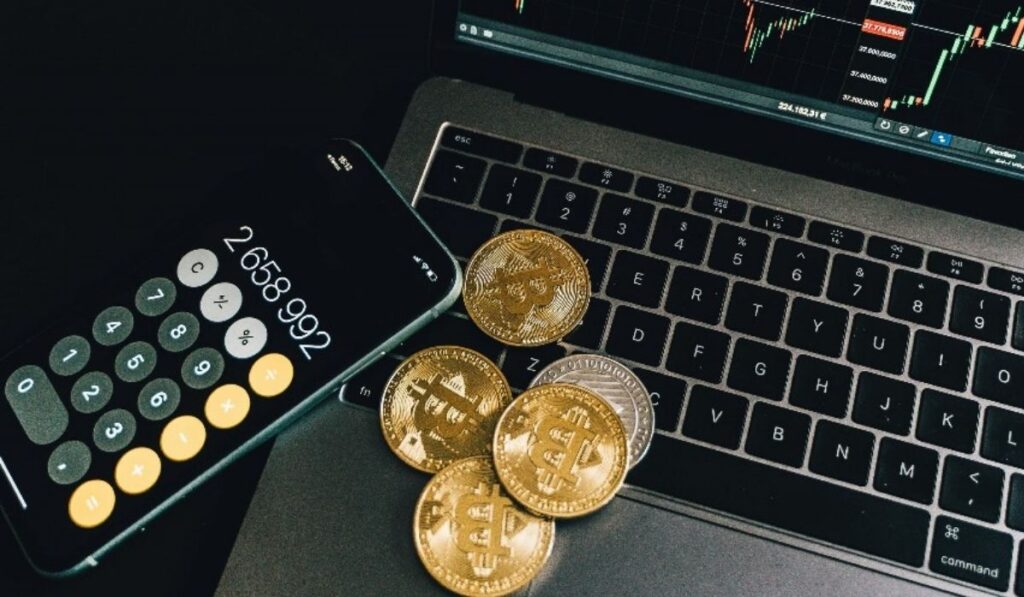Bitcoin changed dramatically from an uncommon and limited currency to a significant asset for investment. During the last ten years there has been a surge in institutional demand for Bitcoin as hedge funds and corporations looked to integrate it into their investment strategies. Institutional Bitcoin investment plans are highly impacted by the btc to usd exchange rate. The dollar amount of Bitcoin affects essential investment strategies and the way portfolios are organized.
Bitcoin’s worth in US dollars is shown by the btc to usd exchange rate. This metric varies consistently because of demand in the market and various economic conditions. To gauge Bitcoin’s prospects as an investment option in their portfolios, institutions depend on this exchange rate.
The Role of BTC to USD in Institutional Investment
For institutional investors like hedge funds and pension plans the BTC to USD rate serves as more than a pricing tool; it indicates market sentiment and risk. Bitcoin’s variation against the US dollar can transform it into a desirable or speculative asset based on the investment approach and risk appetite of an institution.
Price Volatility and Risk Management: The BTC to USD rate can quickly change due to Bitcoin’s famed price instability. For institutions amid this volatility lies potential for immense earnings along with risks to manage. To safeguard against the volatility of Bitcoin’s price institutions regularly adopt complex risk management solutions including derivatives and futures. In times of sharp increases in the BTC to USD value, institutions could optimize their portfolio by either cashing in profits or rearranging their investments to avert heavy losses from a single unstable asset. When prices fall, institutions holding bullish views on Bitcoin and blockchain technology could enhance their positions as they see it as a chance to buy.
Portfolio Diversification: The increasing interest of institutions in Bitcoin is largely driven by its opportunity to enhance portfolio diversification and its compliance with regulatory authorities. Historically speaking the fluctuations in Bitcoin’s price have shown limited correlation with traditional assets such as stocks and bonds making it a desirable asset for minimizing portfolio risk. Institutions planning to diversify greatly consider the BTC to USD exchange rate. During periods of currency devaluation or growing inflation concerns regarding the US dollar, Bitcoin’s fixed and decentralized nature appears attractive as a hedge. When faced with economic unpredictability institutions may enhance their Bitcoin positions as a means to counter inflation and weaker currencies.
Market Timing and Entry Points: During market downturns or price dips institutions can view the chance to buy Bitcoin at reduced rates. To identify the best moments for entry and exit in the market institutions typically integrate technical and fundamental analysis reflected in Bitcoin’s USD price movements.
BTC to USD: Its Impact on Long-Term Investment Strategies
Although Bitcoin shows short-term fluctuations many institutional investors are drawn to its possible long-term returns. Over the previous decade, the value of Bitcoin in USD has trended higher even with brief fluctuations and declines. This ability to experience enduring growth is vital for how institutions adopt Bitcoin within their diverse investment approaches.
Store of Value Thesis: Many institutional investors treat Bitcoin like digital gold and an important value store. Like gold’s finite quantity of 21 million coins, Bitcoin emerges as a rare asset expected to grow in value as demand rises. With a rising BTC to USD rate fueled by rising demand and interest institutions anticipate considerable profits in the long term. To combat inflation and invest in safety like gold many institutions are including Bitcoin in their assets.
Inflation Hedge: The limited number of Bitcoins available could serve as a defense against rising inflation. If the US Federal Reserve and other central banks create new money to boost the economy they frequently trigger inflation that may weaken the value of US dollars and similar currencies.
To address inflation fears, institutions could enhance their Bitcoin investment believing its worth compared to the US dollar will increase as demand for deflationary assets escalates. In 2020 and 2021 institutions demonstrated a strong interest in Bitcoin due to the stimulus measures from central banks.
Institutional Adoption and Price Stability: If Bitcoin is accepted by more institutions and integrates into standard investment strategies the BTC to USD exchange rate could gradually achieve stability. Previously theerratic movements of Bitcoin were caused by investor speculation in the retail market. As more institutions join in the market could become better balanced and less likely to experience extreme price changes.
With greater engagement from institutions in Bitcoin over the years there is likelihood for it to develop as an asset class that could yield more reliable price shifts against the USD and offer improved opportunities for traditional finance.
Conclusion
The rate at which Bitcoin is exchanged for dollars influences institutional strategies towards Bitcoin investment. To guide their choices about risk management and portfolio diversification institutions track Bitcoin’s price against the US dollar. With the evolution of Bitcoin,institutional investment approaches will tend to grow in complexity by utilizing the advantages and addressing the challenges of Bitcoin’s distinct features.
With more institutional investors entering the scene ahead of us is expected to boost Bitcoin’s recognition as a serious financial asset beyond mere speculation. As more institutions join in the process the BTC to USD exchange rate is vital for determining Bitcoin’s significance in fund management.


